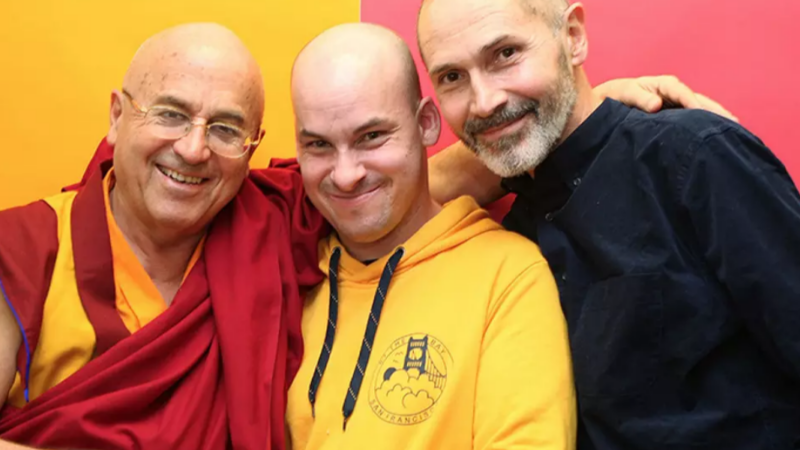-
E117: The Real Work: Letting Go from Within
Michael Singer — October 2, 2025
True spirituality isn’t about mystical experiences or lofty ideals—it’s about honestly facing...
-
Once More: Reflections on Reincarnation and the Gap Between Lives
Tami Simon — September 26, 2025
In this special reflection episode of Insights at the Edge host Tami Simon looks back on her...
-
Honey Tasting Meditation: Build Your Relationship with Sweetness
There is a saying that goes “hurt people hurt people.” I believe this to be true. We have been...
Written by:
Amy Burtaine, Michelle Cassandra Johnson
-
Many Voices, One Journey
The Sounds True Blog
Insights, reflections, and practices from Sounds True teachers, authors, staff, and more. Have a look—to find some inspiration and wisdom for uplifting your day.
Standing Together, and Stepping Up
Written By:
Tami Simon -
The Michael Singer Podcast
Your Highest Intention: Self-Realization
Michael Singer discusses intention—"perhaps the deepest thing we can talk about"—and the path to self-realization.
This Week:
E116: Doing the Best You Can: The Path to Liberation -
Many Voices, One Journey
The Sounds True Blog
Insights, reflections, and practices from Sounds True teachers, authors, staff, and more. Have a look—to find some inspiration and wisdom for uplifting your day.
Take Your Inner Child on Playdates
Written By:
Megan Sherer
600 Podcasts and Counting...
Subscribe to Insights at the Edge to hear all of Tami's interviews (transcripts available, too!), featuring Eckhart Tolle, Caroline Myss, Tara Brach, Jack Kornfield, Adyashanti, and many more.
Most Recent
Meet a Coauthor of . . . Freedom for All of Us
The Author
Alexandre Jollien is a philosopher and writer who spent 17 years in a home for the physically disabled. His books include In Praise of Weakness. He lives in Switzerland. For more, visit alexandre-jollien.ch.
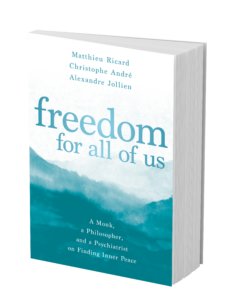
The Book
With their acclaimed book In Search of Wisdom, three gifted friends—a monk, a philosopher, and a psychiatrist—shed light on our universal quest for meaning, purpose, and understanding. Now, in this new in-depth offering, they invite us to tend to the garden of our true nature: freedom.
Filled with unexpected insights and specific strategies, Freedom for All of Us presents an inspiring guide for breaking free of the unconscious walls that confine us.
Translated from the original responses in French.
What is one unexpected thing or habit that inspires your writing practice? Is there a
playlist or album you listen to?
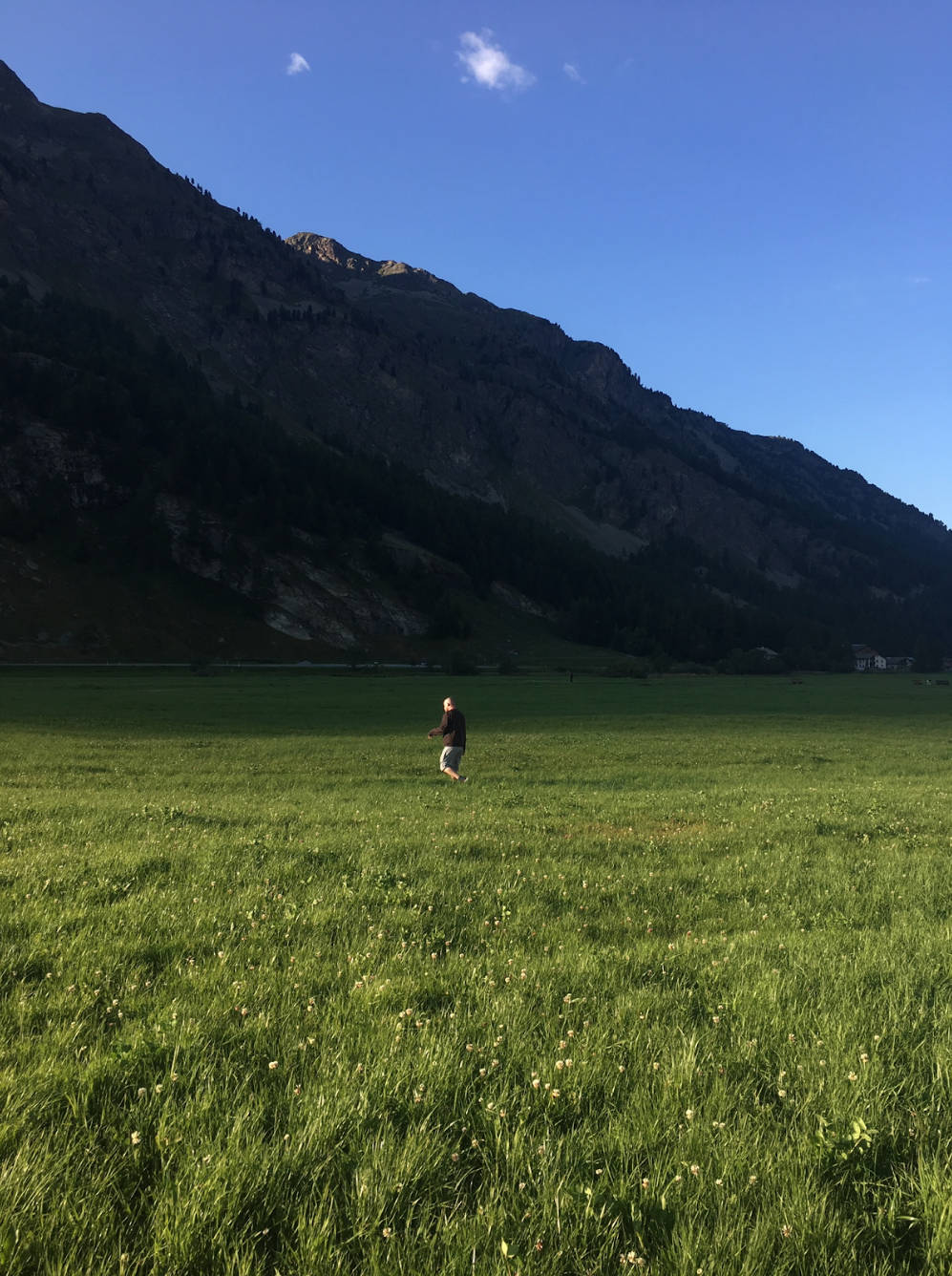
Meditation really opens me up to write. Walking too. Above is a photo of me walking in Sils Maria, Switzerland, where Friedrich Nietzsche lived at one time. However, in my eyes, writing is never systematic [or methodical]. It’s not a [mere] technique. A writer has to render themself available to messages that come—in some sense—from beyond. Conversations with friends, explorations into the mundane, family life, the readings of the great thinkers, the practice of Zazen … all these things feed my desire to pick up my pen again. I write, or rather I dictate my writings, in silence. However, sometimes I do enjoy techno music, which keeps me going and wards off anything that could poison an idea I have; “the sad passions” as the philosopher, Baruch Spinoza, called them.
Send us a photo of you and your pet (and let us know if your pet had any role in helping you write your book)!
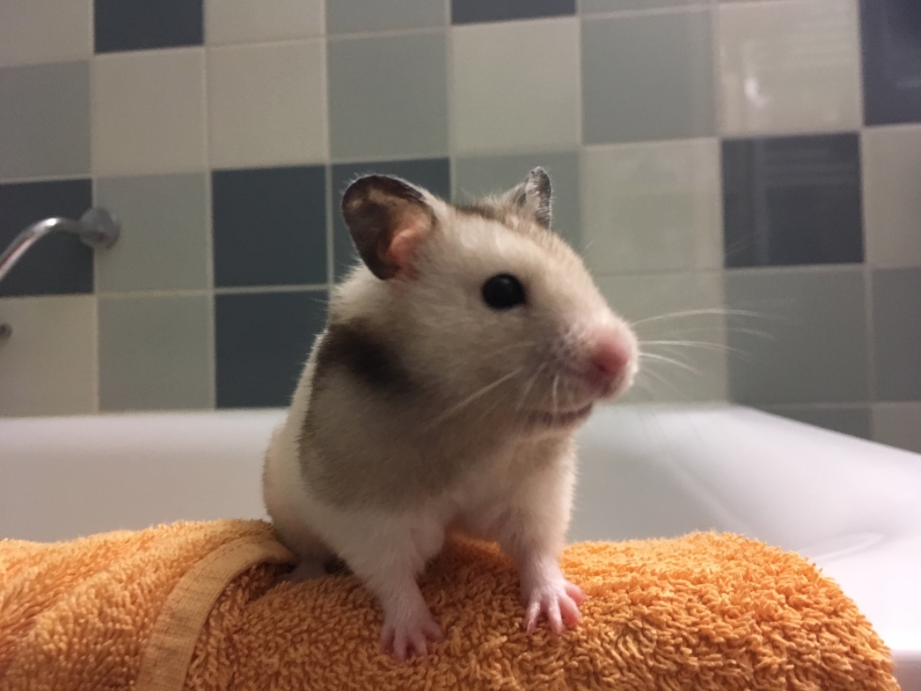
We have a little hamster at home, Grisette, who is our children’s little darling. For me, he embodies peace and a certain serenity. When I look at him, I see a being that isn’t deep in denial and agitated. [Although] sometimes, when he frolics on his hamster wheel, I have the impression that he’s reminding me that my mind, too, can often run in [unnecessary] circles …
If there is a book that started your spiritual journey, what was it? How old were you, and
how did you discover it? How would you describe its impact?
When I was a child, I didn’t enjoy reading and I thought that wisdom was reserved for the elite. I considered culture to be so far removed from everyday problems that I avoided it completely. One day, I accompanied a friend into a bookstore. While I was waiting for her, I flipped through pages from books by Plato and Aristotle. The book [that made an impact] was L’étonnement philosophique [“Philosophic Wonder”] by Jeanne Hersch, which traces the history of Western thought. In my adolescence, that book gave me a great foundation, a benchmark, a marker, a starting point. It’s an admirable book. Afterwards, I really fell into reading the greats, like Plato, Spinoza, Nietzsche, Epictetus, all of which still inspire me today. I was 14 years old then, and reading had changed my life.
Below are portraits [of some of my favorite philosophers and spiritual teachers] painted by my son, Augustin.
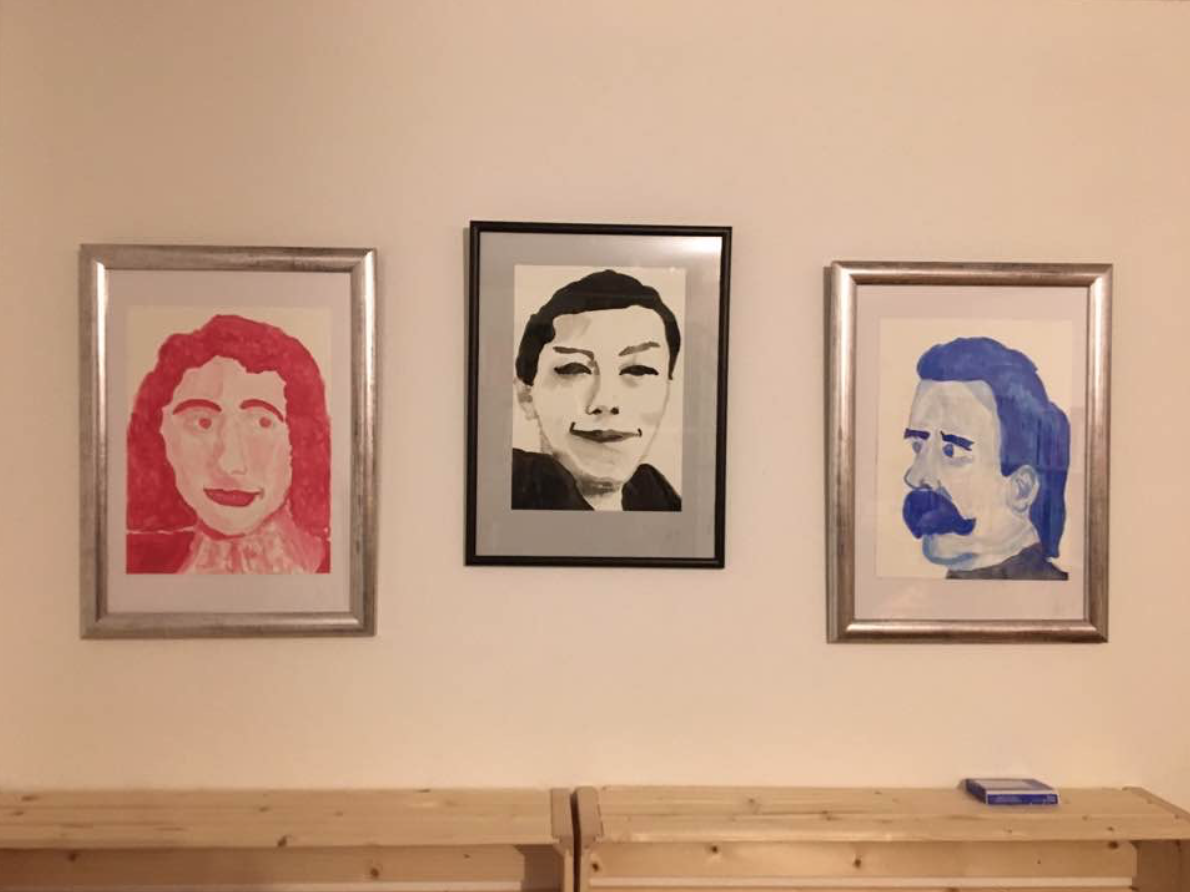
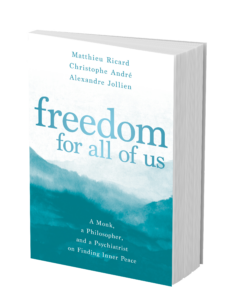
Learn More
Sounds True | Amazon | Barnes & Noble | Bookshop | IndieBound
Elizabeth Lesser: When Women Are the Storytellers, the...
Elizabeth Lesser is cofounder of the Omega Institute and a bestselling author. Her books include Marrow, The Seeker’s Guide, and the New York Times bestseller Broken Open. Her newest book is Cassandra Speaks: When Women Are the Storytellers, the Human Story Changes. In this episode of Insights at the Edge, Tami Simon speaks with Elizabeth about her experience in the early days of the Omega Institute, redefining “power,” and the ways that patriarchy is subtly, and not so subtly, embedded in our culture—how we can become more aware of it, and how we can make changes on the outside and inside so that in the future we can tell a different story, a story that equally embraces the power of women as well as men.
Jacqueline Suskin: Every Day Is a Poem
Jacqueline Suskin is a poet and author whose published titles include Help in the Dark Season and The Edge of the Continent trilogy. With Sounds True, she has written a new book titled Every Day Is a Poem: Find Clarity, Feel Relief, and See Beauty in Every Moment. In this episode of Insights at the Edge, Tami Simon speaks with Jacqueline about the soulfulness of poetry and the internal changes one goes through while writing it. They discuss Jacqueline’s affinity for working with manual typewriters and the success of her ongoing Poem Store project. Jacqueline and Tami talk about the poetic impulse that is the root of true change, as well as overcoming the inner critic’s desire to stifle creative expression. Finally, Tami considers the “trance state” of creative flow and Jacqueline shares a spontaneous poem for the audience.
Customer Favorites
Iain S. Thomas & Jasmine Wang: Can AI Answer Life...
Mention to someone the words “artificial intelligence,” and chances are you’ll get a very emotional response. For some, the thought of AI triggers fear, anger, and suspicion; for others, great excitement and anticipation.
In this podcast, Tami Simon speaks with technologist and philosopher Jasmine Wang along with poet Iain S. Thomas, coauthors of the new book What Makes Us Human? An Artificial Intelligence Answers Life’s Biggest Questions. Whatever your view on AI, we think you’ll find this conversation profoundly interesting and informative!
Listen now as Tami, Jasmine, and Iain discuss the artificial intelligence known as GPT-3; holding an attitude of “critical techno optimism”; finding kinship with digital beings; the question of sentience; the sometimes “hallucinatory” nature of generative AI; the three main aspects of deep learning technology—classification, recommendation, and generation; AI as a creativity compounder; bringing a moral lens to the development and deployment of AI; the central human themes of presence, love, and interconnectedness; acting with intent and living with meaning; and more.
Note: This episode originally aired on Sounds True One, where these special episodes of Insights at the Edge are available to watch live on video and with exclusive access to Q&As with our guests. Learn more at join.soundstrue.com.
Henry Grayson: Change in an Instant
Tami Simon speaks with Dr. Henry Grayson, a leading psychologist who has spent decades exploring the connections between psychology, physics, and the spiritual traditions of the world. Dr. Grayson founded and served as chairman emeritus at the National Institute for Psychotherapies in New York. With Sounds True, he has created the nine-hour audio training course The New Physics of Love: The Power of Mind and Spirit in Relationships. In this episode, Tami speaks with Dr. Grayson about the role of thoughts in our relationships, how the non-local nature of the universe impacts our consciousness, and the possibility of “deleting undesirable and obsolete core beliefs in the twinkling of an eye.” (60 minutes)
Judith Blackstone: Embodied Realization
Tami Simon speaks with Dr. Judith Blackstone, a licensed clinical psychotherapist in New York and an innovative teacher in contemporary spirituality. With Sounds True, she has published a book called The Intimate Life: Awakening to the Spiritual Essence in Yourself and Others, and a six-session audio learning course called The Realization Process: A Step-by-Step Guide to Embodied Spiritual Awakening, in which she teaches her powerful method for attuning to fundamental (or non-dual) consciousness. In this episode, Tami has an illuminating conversation with Judith about two introductory ways of tapping into fundamental consciousness, how we can relate to others “core to core,” and the role of the body in the fullness of realization. (53 minutes)

